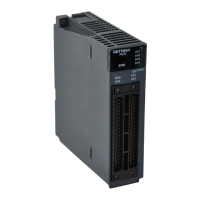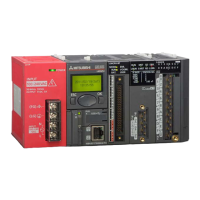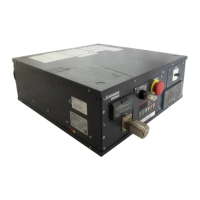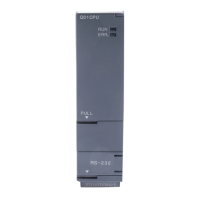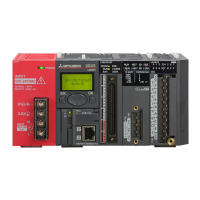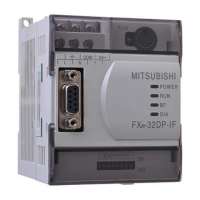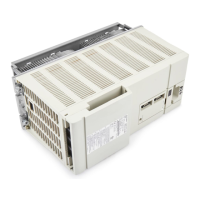1 - 10 1 - 10
MELSEC-Q
1 GENERAL DESCRIPTION
(6) A given function can be controlled in a variety of ways according to the application in question
Block functions such as START, END, temporary stop, restart, and forced activation and
ending of specified steps can be controlled by SFC diagram symbols, SFC control instructions,
or by SFC information registers.
• Control by SFC diagram symbols
................. Convenient for control of automatic operations with easy sequential control.
• Control by SFC instructions
................. Enables requests from program files other than the SFC, and is convenient for
error processing, for example after emergency stops, and interrupt control.
• Control by SFC information devices
................. Enables control of SFC peripheral devices, and is convenient for partial
operations such as debugging or trial runs.
Functions which can be controlled by these 3 methods are shown below.
Control Method
Function
SFC Diagram
SFC Control
Instructions
SFC Information Devices
Block START
(with END wait)
Bm
Block START
(without END wait)
Bm
sBLm Block START/END bit ON
Block END
rBLm Block START/END bit OFF
Block STOP
PAUSE BLm Block PAUSE/RESTART bit ON
Restart stopped block
RSTART BLm Block PAUSE/RESTART bit OFF
Forced step
activation
SSn
SET BLm\Sn
SCHG Kn
Forced step END Sn
R
RSn
RST BLm\Sn
SCHG Kn
1) In cases where the same function can be executed by a number of methods, the first control
method which has been designated by the request output to the block or step in question
will be the effective control method.
2) Functions controlled by a given control method can be canceled by another control method.
Example: For block START
The active block started by the SFC diagram (Bm
) can be forcibly ended by executing
the SFC control instruction (rBLm) before the END step (
) or by turning OFF the block
START/END bit of the SFC information devices.
(7) The automatic scroll function helps the easy location of the spot where a mechanical problem
occurs
The execution of an active (execution) block, an active (execution) step, an operation
output/transition condition can be monitored (with the automatic scroll function) from peripheral
devices.
Moreover, the transition watchdog function enables the detection of the step where transition
does not occur after the designated time elapses.
These monitoring functions allow you to track down the spot where a problem occurs without a
broad knowledge about sequence programs.
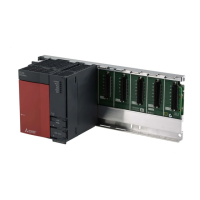
